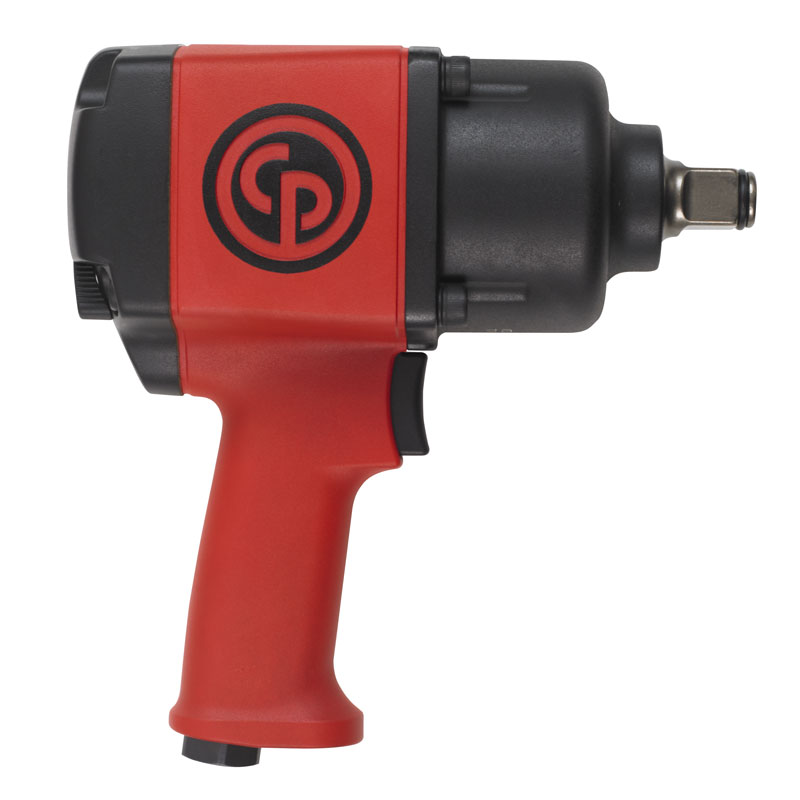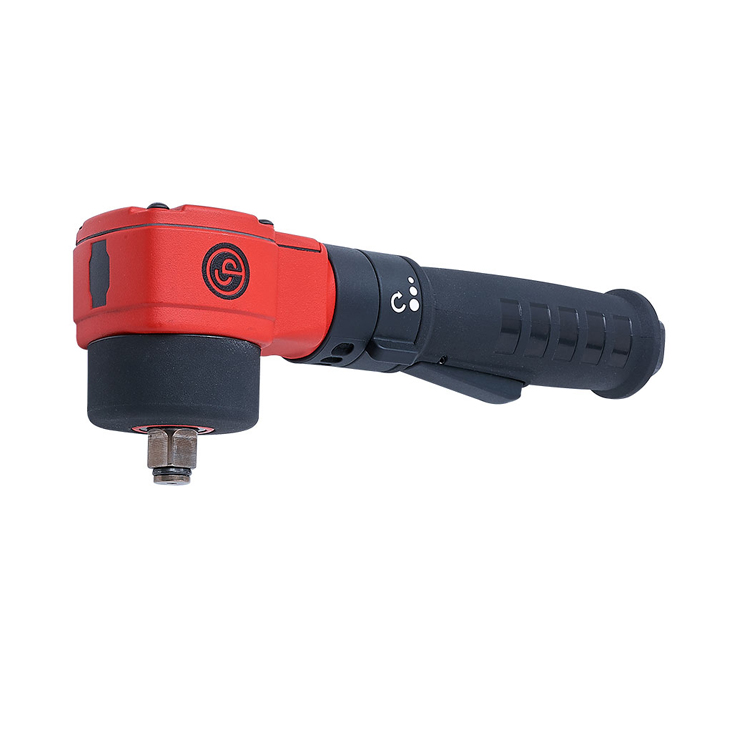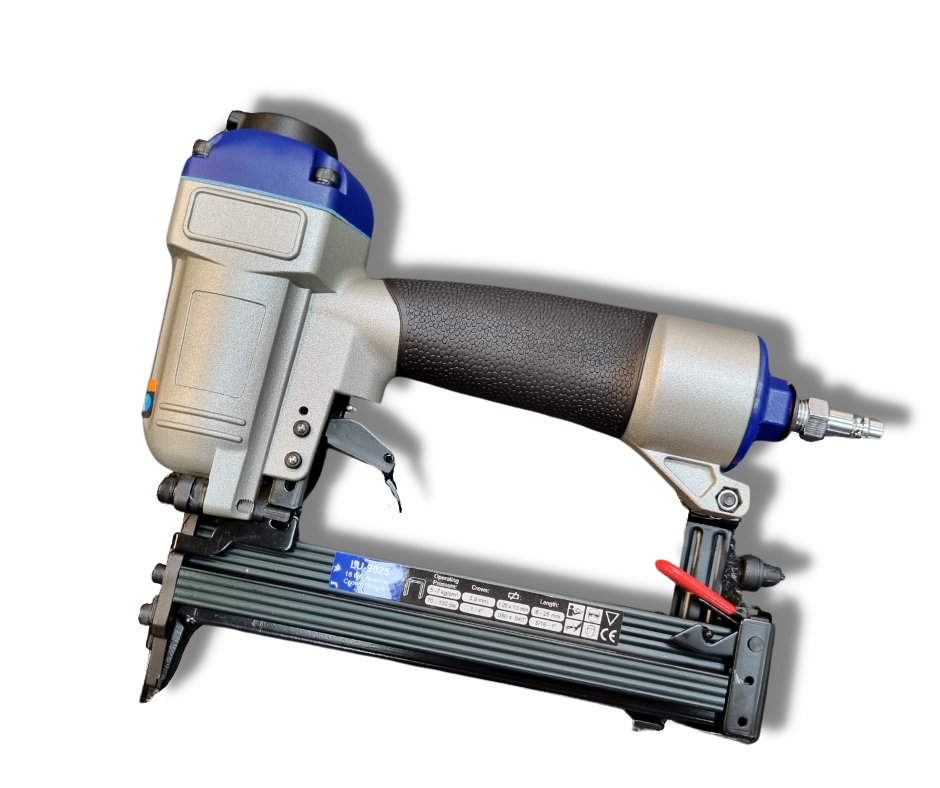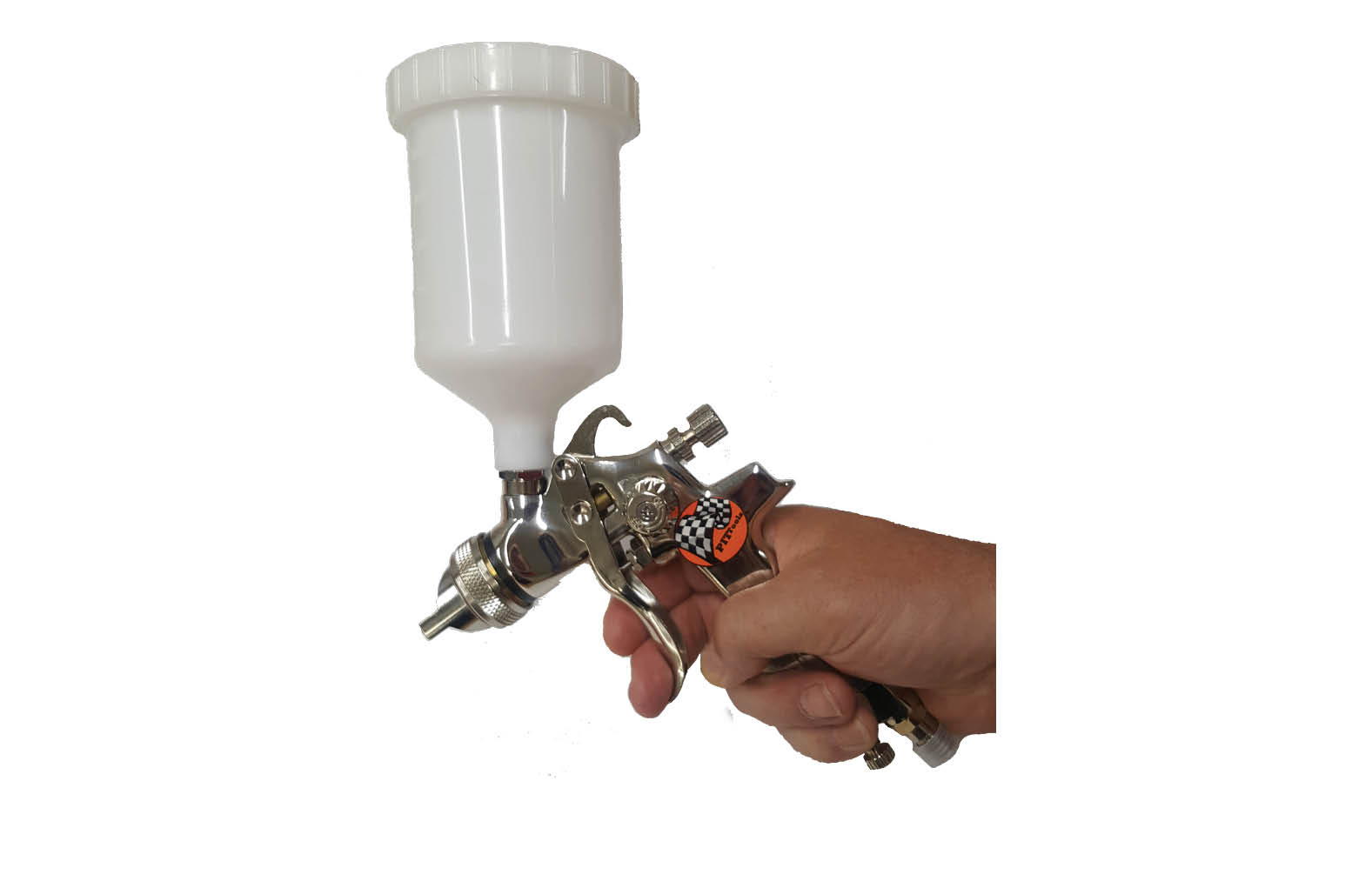Proportioning the Compressed Air Dryer
Trying to figure out which air dryer capacity is best for you? Here are some factors to consider. Read More…

With many different options on the market, it can be challenging to know what features to look out for when selecting an impact
wrench. This guide provides a brief overview of the technology and outlines some simple steps to help you get started.
An impact wrench, also known as an impact driver or an impact gun, is designed to tighten or untighten bolts. It is commonly used in mechanical and industrial applications, for example when changing tires and disassembling car wheels, or performing maintenance on oil platforms. There are electrical, battery-powered, or pneumatic options available, each associated with different benefits and challenges.
The operating principle is relatively simple. An impact mechanism composed of an anvil, an impactor (hammer) and a spring, enables the
wrench to tighten and untighten as required. The tool accumulates energy by the hammer cage over one or more revolutions and once the hammer
hits the output shaft (anvil), it creates the tightening or untightening torque.
.jpeg) It
is good to bear in mind that there is no one-size-fits-all solution. The desired torque range, power requirements and the impact
mechanism’s design may vary depending on the job. As the latter affects the weight, vibration, speed and durability of the tool, it can
have a considerable impact on user comfort and suitability for the task. To start the selection process, first consider:
It
is good to bear in mind that there is no one-size-fits-all solution. The desired torque range, power requirements and the impact
mechanism’s design may vary depending on the job. As the latter affects the weight, vibration, speed and durability of the tool, it can
have a considerable impact on user comfort and suitability for the task. To start the selection process, first consider:
The design of the tool can play a key role in improving productivity. For example, a well-positioned center of gravity is a great benefit, as it enables better support over extended periods, while different handle shapes and trigger positionings can improve user comfort.
The material of the tool is another critical consideration. Metallic tools are usually more robust, but also heavy to use over long periods. Composite tools, on the other hand, are much lighter, enabling better maneuverability, but the material has made them less durable. Fortunately, advancements in material development over the last decade have improved the mechanical resistance of composite, improving its strength and making it a good alternative to metal in many applications.
It is good to remember that the clutch housing and the body of the tool can be made of different materials. When you compare tools, make sure you check which part is composite and which is metal. As a rule of thumb, impact wrenches larger than ¾” tend to be made of metal.
Always choose a tool with a maximum torque that is superior to the torque needed for your application. This will reduce the time you spend using the tool and the vibrations you are subjected to. The graph below illustrates the different torque values commonly found in manufacturers’ catalogs.
.jpeg)
Do you use the right impact wrench?
Legend:
Beware of overtightening! In some applications, for example when changing tires in small vehicles or trucks, tightening requires precision
and torque control. Using tools with torque limited functions, coupled with a torque wrench, will optimize the application without
overtightening and damaging the studs.
You can identify the ideal tool square by looking at the size of the thread. If the square is too small compared to the thread, it will not be suitable and is likely to break. However, if the square is too large, it will be too strong and break the screw when tightening it.
.png)
It is vital to pay attention to factors that affect user safety and ergonomics, such as the sound level and vibration. The sound level is usually governed by the ISO15744 standard and the lower the value, the safer the user experience. The same goes for vibration levels, usually governed by ISO28927: lower vibration levels equal a safer and more comfortable user experience. Some impact systems are designed to enable low vibration levels and safety and comfort can also be further enhanced with the use of vibration-absorbing gloves.
By considering these seven points you will improve safety associated with using tools in the workplace, therefore protecting operators. An additional benefit to these responsible practices is that you will improve efficiency too!
Noise and vibration levels are factors to consider when choosing the tool to use for your application. Usually, when using keys below ¾”, operators are more sensitive to noise. However, above 3/4”, vibrations are more important to ponder.
Knowing what you need to consider when looking for the right impact wrench for your application is a good start, but sometimes reviewing
technical values is not enough to enable a well-informed purchase decision. To ensure the tool can meet your needs, it is always a good idea
to discuss your requirements with the manufacturer and request a trial. Trying the tool out in your target application will give you
confidence that it is a good fit for the task, the environment and ultimately, the way you work.









.png)






Ash Air has been around in New Zealand since 1979, and we’ve grown into a nationwide company with international support and a reputation for quality and reliability.We look after all things compressed air for your business!
Ash Air's range of Chicago Pneumatic, Alup, Pneumatech, and Quincy compressors are used extensively around the world in industries ranging from oil and gas to food, automotive and farming, and we bring you these world class compressors here in the land of the long white cloud.Our technicians are compressed air equipment experts and are dedicated to addressing customer needs. Supported by a 13 locations nationwide, Ash Air offers one of the widest selections of compressed air equipment and parts available today in New Zealand.
With Ash Air compressors, you can count on reliability and high performance for even the most demanding applications. We focus our efforts on the following:
Talk to the team today:
Proportioning the Compressed Air Dryer
Trying to figure out which air dryer capacity is best for you? Here are some factors to consider. Read More…
Maintenance budget: 8 factors to consider
Just like any other equipment, a compressed air installation also requires the necessary maintenance work during its entire lifespan. Even though maintenance costs are only about 5 to 10% of a machine's annual operating costs, failure to budget for maintenance can have potentially disastrous consequences. Read More…
The air dyer is one of the most ignored cooler in the system. A dirty condenser will cause water in the lines, or worse it will cause complete dryer failure. Read More…
Why Replace CO2 with Nitrogen in your Brewery
Using nitrogen is not about fully replacing CO2, but it can reduce their consumption of CO2 by close to 70%. Using nitrogen is about sustainability. Creating your own nitrogen is easy and will reduce the use of a greenhouse gas, which is better for the environment. It will also save you money as early as month one adding that savings to your bottom line. Read More…
What do I need to know about ICONS?
ICONS: Intelligent Connectivity System: The insight into your compressed air system, wherever you are. Learn More about ICONS in this article here! Read More…
A question that is occasionally asked by our customers to Ash Air is 'what is the cost of compressed air?' This article looks at the product costs involved with compressed air, as well as minimising the energy cost of compressors and cost allocation. When looking at these factors, we need to realise what causes dropped efficiency of your compressor, leading to increased costs of compressed air. Read More…
How to avoid falling objects when working at heights
You may have great fall protection measures in place to keep employees safe when working at height, but what about their co-workers below? Dropped tools and other falling objects are a major hazard – and one that isn’t always fully addressed. Read More…
Providing a safe working environment for operators is essential, especially when using pneumatic tools and compressed air. If there is a failure in the air network and the hose is not adequately clamped, the resulting whiplash could be devastating. Failure to follow best practice can result in injuries, associated production downtime and decreased productivity. Read More…
Why do I need a dryer for my compressor?
A common questions asked is why do I need an air dryer for my compressor? Typically, air compressors produce water, and although the
water can be drained, there can still be aerosol and vapour droplets that are present. This is because water cannoet be compressed. Water
can damage your compressor by corroding the valves, pipes and machinery controls, which will cost you time and money to resolve. In
the long run, the cost of a new compressor is a small price to pay compared to the loss of production that could potentially arise due
to water damage in your compressor.
Read More…
What are some preventable causes of air compressor failure?
Air compressors can fail for an assortment of different reasons: Normal wear and tear, lifespan and age of the unit, poor maintenance, power surge, install issues are just a few the come to mind. Check out this blog to find out our top 7 tips to ensure your compressor is looked after! Read More…
Simple Ways to Reduce Your Compressed Air Costs?
Air compressors use considerable volumes of energy during a typical work cycle. When you add up all the expenses of operating a facility, any savings can help you boost your bottom line. Read More…
What Should You Know When Buying a Compressor for the First Time?
If you have never bought a rotary screw air compressor before; do the following. Add up the air consumption of all the equipment at your shop. That will be the amount of air your desired compressor should provide. Read More…